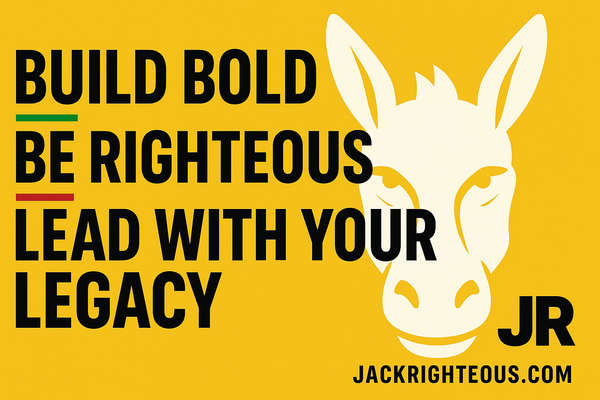AI Copyright Rules Creators Must Know in 2025
Gary WhittakerUS Copyright Office Clarifies AI Rules: What It Means for Creators
Understand the Boundaries of AI-Assisted Creativity
On January 29, 2025, the US Copyright Office released an official report clarifying its stance on AI-generated content and copyright eligibility. This update is critical for AI music creators, visual artists, and content producers using platforms like Suno AI, MidJourney, or ChatGPT.
The core message? AI-generated content alone is NOT copyrightable. However, meaningful human involvement can make a work eligible. Creators must now prove their personal contributions.
Key Findings from the Copyright Office Report
- Fully AI-Generated Works = No Copyright: If your music, text, or visuals were generated entirely by AI without input, it is not eligible.
- Human Contributions = Copyright Eligibility: Editing, arranging, mixing, or altering AI content may qualify your work.
- Case-by-Case Review: There is no formula. The Copyright Office evaluates human authorship on a per-application basis.
- No New Legislation (Yet): Existing laws are being used for enforcement, but future changes are likely as AI evolves.
What This Means for AI Music Creators
Your Suno AI Songs Are NOT Copyrighted by Default
Tracks created with Suno or similar tools are not automatically eligible for copyright protection. Even if distributed through Spotify, ownership is not guaranteed.
Proof of Human Contribution Is Critical
Contributions like lyric writing, instrumental layering, and post-production all count toward authorship. Keep documentation.
Use the Full AI Music Toolkit to track and verify your input.
Use AI as a Creative Tool
To increase eligibility, integrate AI tools into a broader process:
- Record your own vocals over AI backing tracks.
- Export stems and remix them in a DAW.
- Add personal sound design or mix adjustments.
Future-Proof Your Music Career
- Collaborate with musicians to enhance your AI compositions.
- Build your brand identity and original sound.
- Monetize through multiple platforms, not just streaming.
Case Study: Randy Travis & AI Music
When Randy Travis released new music using AI to restore his voice, the copyright was approved due to direct human involvement in production and arrangement.
Key Insight: The stronger your human role, the stronger your protection.
Next Steps for AI Creators
1. Document Your Creative Role
Use verified templates and checklists to track your inputs.
2. Distribute Responsibly
Use a compliant platform like DistroKid to get your music on streaming sites with proper licensing.
How to Launch Your Music the Right Way
3. Build a Stronger Brand System
Combine music, visuals, and digital products under one branded system.
Explore the Suno Quick Start Guide
Final Thought
The US Copyright Office is not dismissing AI. They’re requiring that creators retain authorship over the results. That means if you want long-term protection and monetization, you must go beyond “generate and post.”
Don’t wait for new laws—start mastering the tools today.
Visit JackRighteous.com for more AI Music Resources
